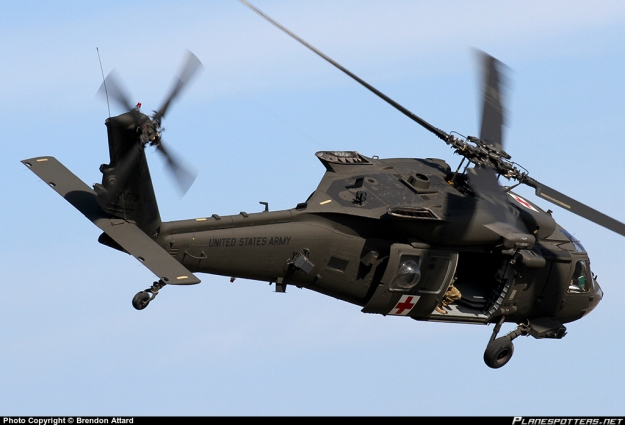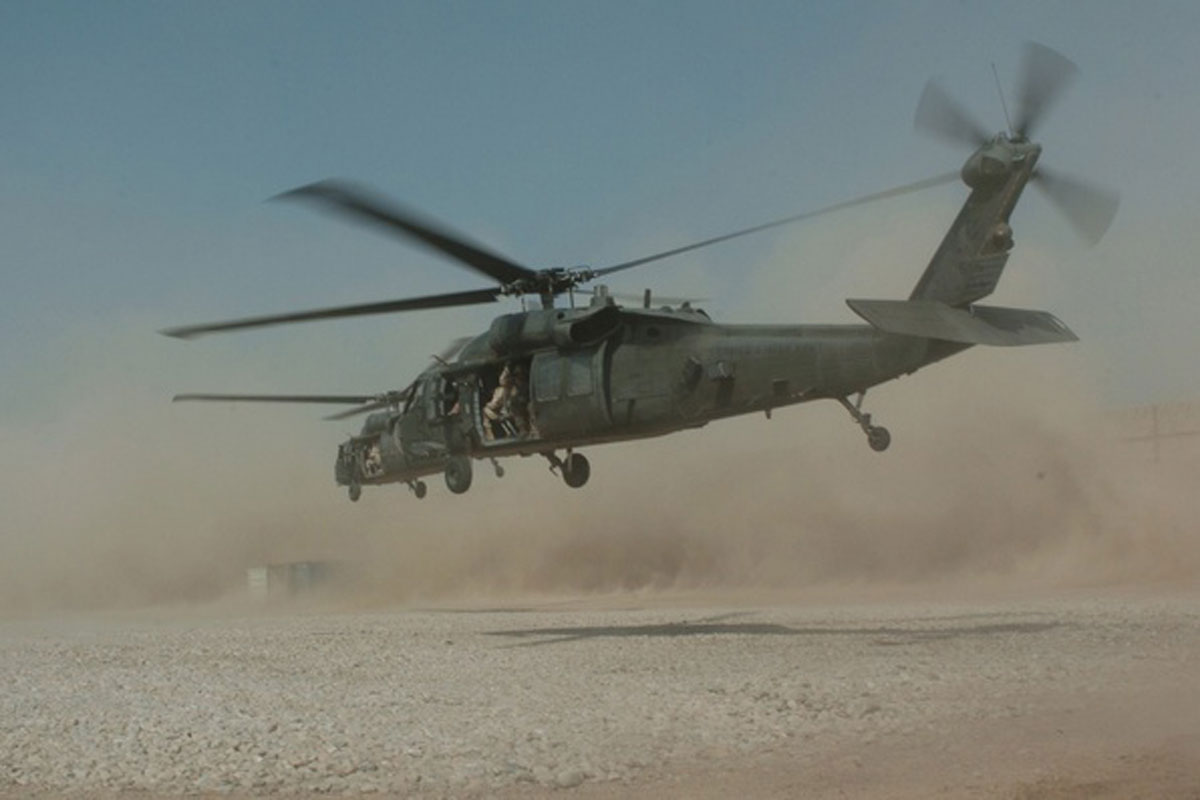Recognizing the Mechanics and Engineering Behind Uh 60 Helicopters
The UH-60 helicopter, frequently called the Black Hawk, stands as a pinnacle of contemporary rotorcraft technology, symbolizing a mix of durable engineering and elaborate auto mechanics. From its beginning to its current versions, the development of this airplane showcases a blend of innovation and functionality. As we peel off back the layers of the UH-60's design, a world of complex systems and thorough design comes to light. Recognizing the auto mechanics and design behind this versatile airplane introduces a world where precision meets power, and where each component plays a critical role in achieving flight.
Background of UH-60 Helicopters
The background of UH-60 helicopters traces back to the late 1970s when the USA Military looked for a flexible and sophisticated energy helicopter to replace its aging fleet. In response to this demand, the Sikorsky Aircraft Corporation created the UH-60 Black Hawk helicopter. Presented in 1979, the UH-60 quickly became a staple in army procedures due to its impressive capacities.
The UH-60 was developed to master a selection of objectives, including army transport, clinical emptying, electronic war, and special procedures. Its capability to adjust to different duties made it a valuable property to the united state Army and other army forces around the globe
For many years, the UH-60 platform has undergone numerous upgrades and variations to boost its performance and equal advancing objective needs. These helicopters have seen extensive service in problems such as the Gulf Battle, Afghanistan, and Iraq, showcasing their integrity and convenience in diverse functional atmospheres. The UH-60's rich background is a testament to its enduring heritage as a premier energy helicopter.

Engine and Power Systems
Utilizing cutting-edge propulsion modern technology, UH-60 helicopters are outfitted with sophisticated engine and power systems to make sure ideal performance and reliability in an array of functional scenarios. The UH-60, commonly called the Black Hawk, is powered by 2 General Electric T700-GE-701D engines, each with the ability of providing up to 1,940 shaft horsepower. These turboshaft engines supply the needed thrust for the helicopter to execute its goals properly, consisting of troop transportation, medical evacuation, and fight assistance.

Blades System and The Rules Of Aerodynamics
How do the rotor system and the rules of aerodynamics of UH-60 helicopters add to their operational efficiency and trip capacities? The blades system of the UH-60 helicopter plays a crucial duty in supplying lift and propulsion.
Aerodynamics also play a vital function in the performance of UH-60 helicopters. The structured fuselage and blades blade style decrease drag, permitting the helicopter to attain why not find out more higher rates and far better fuel efficiency. The wind resistant layout of the UH-60 also adds to its capability to run in varied environmental conditions, consisting of high elevations and hot temperature levels.
Avionics and Trip Control Systems

In its intricate control with the rotor system and the rules of aerodynamics of UH-60 helicopters, the avionics and flight control systems develop a critical network of innovations forming the aircraft's functional abilities. Avionics include the electronic systems utilized for communication, navigating, and monitoring various aircraft functions. In the UH-60, these systems include electronic display screens, interaction radios, general practitioner navigating, weather radar, and autopilot news systems. These avionics systems provide critical information to the pilots, boosting situational understanding and guaranteeing effective and secure procedure of the helicopter.
The flight control systems of the UH-60 are accountable for equating the pilot's inputs right into the ideal adjustments to the rotor system, guaranteeing steady trip and maneuverability. These systems include hydraulic actuators, servos, and computer systems that collaborate to regulate the main and tail rotors, as well as other flight control surfaces. By precisely managing the helicopter's trip characteristics, these systems make it possible for pilots to execute a vast array of goals, from transportation and search-and-rescue to battle operations, with accuracy and self-confidence.
Duty and Applications in Aeronautics
The duty and applications of avionics and flight control systems in aeronautics are important to making certain the reliable and risk-free operation of aircraft, including UH-60 helicopters. Avionics systems in UH-60 helicopters encompass a variety of digital systems that help in navigating, communication, monitoring, and regulating numerous airplane functions. These systems consist of electronic screens, autopilot systems, interaction radios, general practitioner navigation equipment, and climate radar. Trip control systems play a critical function in maneuvering the helicopter airborne, preserving stability, and ensuring specific motions. The fly-by-wire technology used in modern-day UH-60 helicopters equates pilot inputs into digital signals, which are after that translated by the flight control computers to adjust the airplane's control surfaces. In addition, these systems integrate safety attributes such as auto-pilot modes, terrain awareness advising systems, and stability enhancement systems to improve the total security and functional abilities of the UH-60 helicopters in numerous missions, consisting of troop transportation, medical discharge, search and rescue, and aerial firefighting.
Final Thought
In conclusion, the UH-60 helicopter is a versatile aircraft with a rich history and advanced engineering. Its engine and power systems, rotor system, aerodynamics, avionics, and flight control systems all work together to make it a effective and trustworthy equipment.
In its detailed control with the blades system and aerodynamics of UH-60 helicopters, the avionics and flight control systems form an essential network of technologies shaping the airplane's functional abilities.The flight control systems of the UH-60 are responsible for translating the pilot's inputs right into the ideal modifications to the rotor system, guaranteeing steady flight and maneuverability. Avionics systems in UH-60 helicopters incorporate a variety of electronic systems that aid in navigating, interaction, tracking, and controlling various airplane functions. Additionally, these systems include safety and security functions such as autopilot settings, terrain awareness advising systems, and security augmentation systems to enhance the general safety and functional abilities of the UH-60 helicopters in various goals, consisting of troop transportation, medical discharge, search and rescue, and aerial firefighting.
Its engine and power systems, blades system, the Get the facts rules of aerodynamics, avionics, and flight control systems all function together to make it a dependable and reliable equipment.
Comments on “Security First: Vital Steps in UH 60 Helicopter Maintenance”